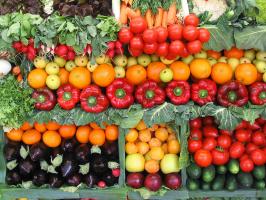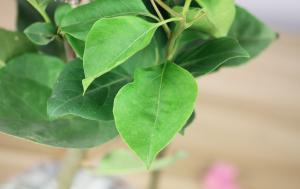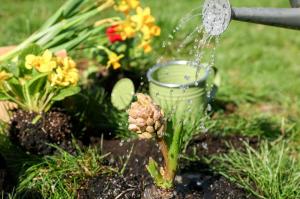Introduction
Self-watering pots, also known as sub-irrigation planters, have become increasingly popular in recent years. These pots are designed to provide plants with a consistent and reliable source of moisture, which can be particularly helpful in dry climates or for people who are forgetful when it comes to watering their plants. But which plants benefit the most from self-watering pots? In this article, we will explore the answer to this question and provide some helpful tips for using self-watering pots to keep your plants healthy and thriving.
Plants that benefit from self-watering pots
While most plants can benefit from the consistent moisture provided by self-watering pots, there are some that are particularly well-suited for this type of planter. One example is succulents, which are known for their ability to store water in their leaves and stems. Self-watering pots can help prevent over-watering and provide just the right amount of moisture to keep these plants healthy.
Other plants that benefit from self-watering pots include herbs, vegetables, and other plants that require consistent moisture to thrive. These pots are also helpful for plants that are prone to wilting or drooping, as they provide a steady supply of water that can help prevent these issues.
Tips for using self-watering pots
When using a self-watering pot, it's important to follow a few basic guidelines to ensure that your plants stay healthy:
Choose the right soil: Self-watering pots generally work best with a well-draining soil mix. Choose a potting soil that contains perlite or vermiculite to provide good drainage and prevent waterlogging.
Fill the water reservoir regularly: Self-watering pots have a built-in reservoir that holds water. Be sure to check this reservoir regularly and fill it up as needed to ensure that your plants have a constant supply of moisture.
Avoid over-watering: While self-watering pots can be helpful in preventing over-watering, it's still important to be mindful of how much water your plants are getting. Check the soil regularly and adjust your watering schedule as needed.
Conclusion
Self-watering pots can be a great tool for keeping your plants healthy and happy. While most plants can benefit from these types of planters, some are particularly well-suited for this type of watering system. By following a few basic tips, you can use self-watering pots to help your plants thrive and enjoy the beauty of a vibrant, healthy garden.

 how many times do yo...
how many times do yo... how many planted tre...
how many planted tre... how many pine trees ...
how many pine trees ... how many pecan trees...
how many pecan trees... how many plants comp...
how many plants comp... how many plants can ...
how many plants can ... how many plants and ...
how many plants and ... how many pepper plan...
how many pepper plan...






























